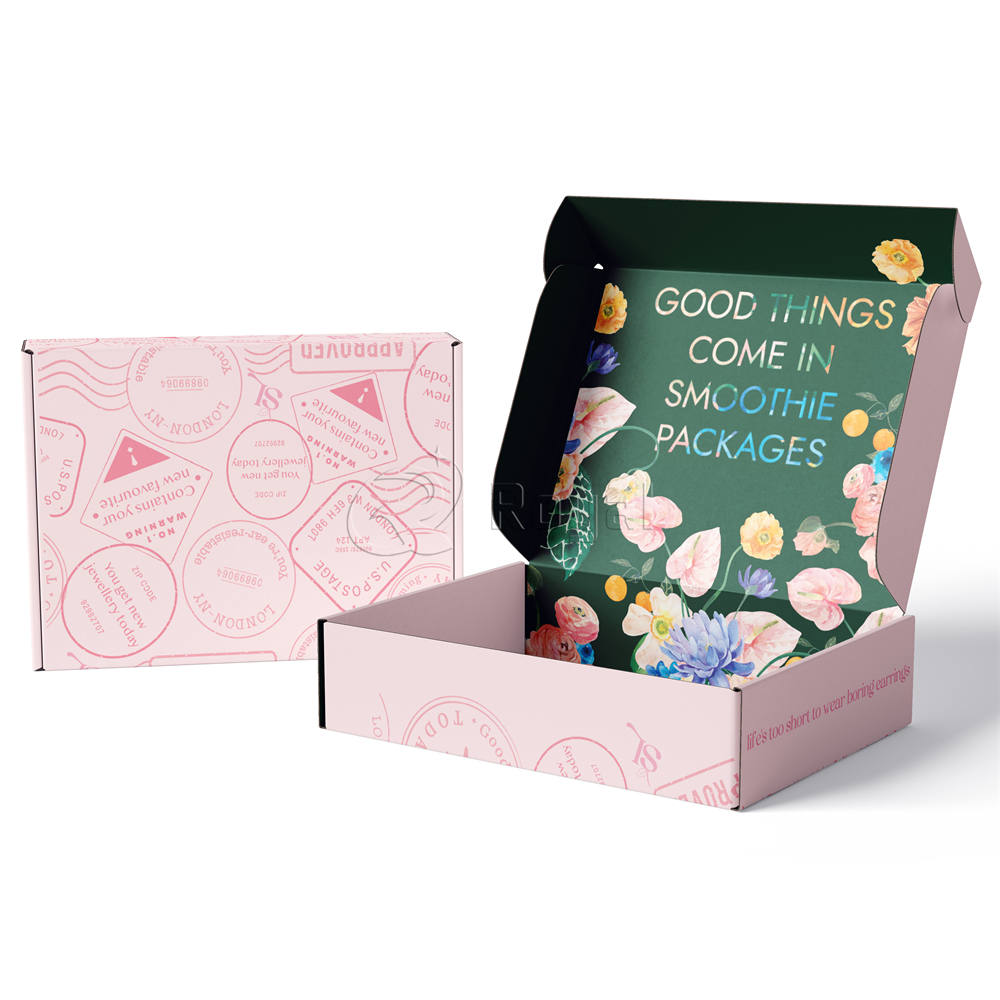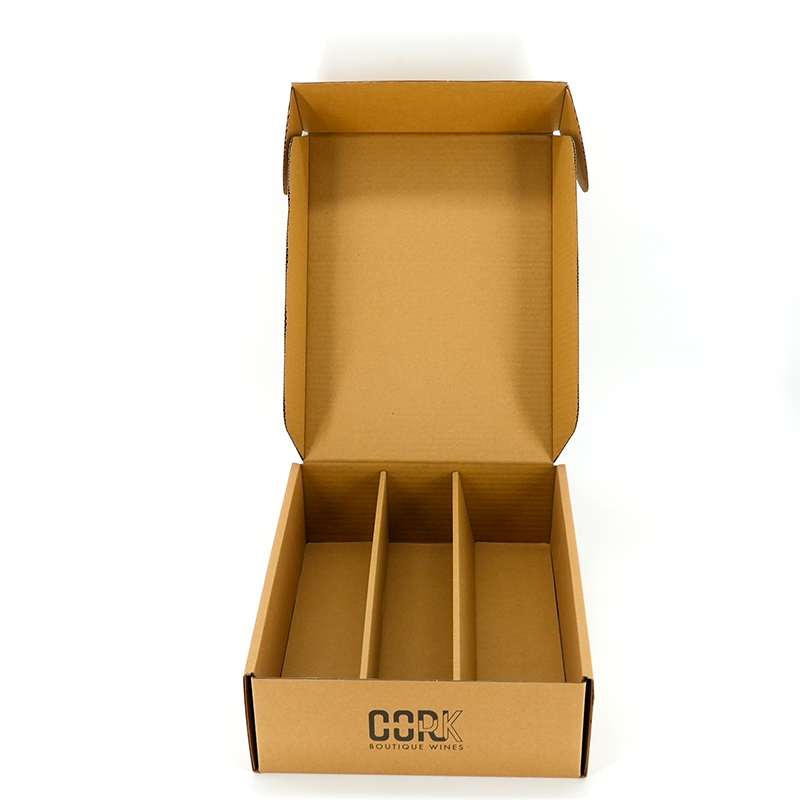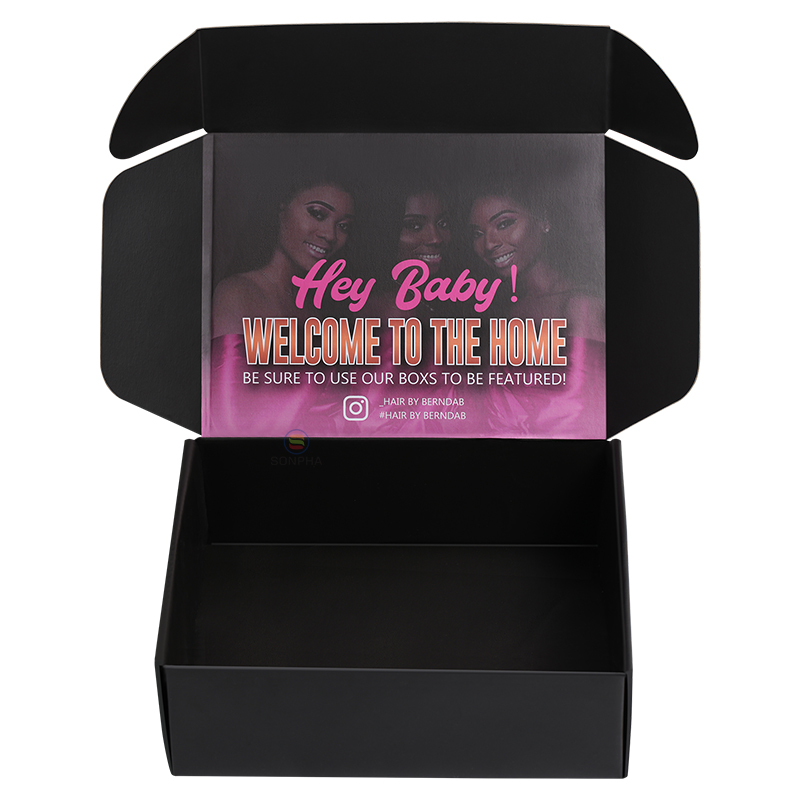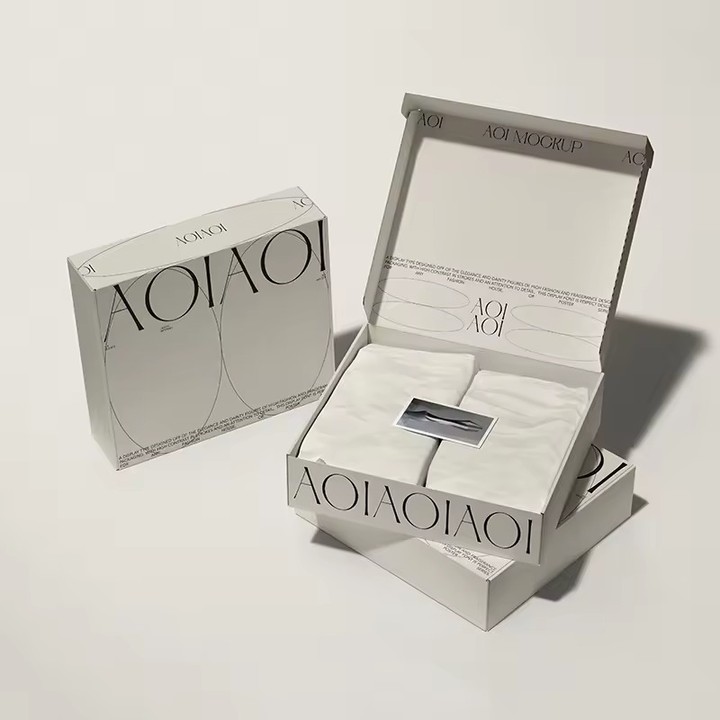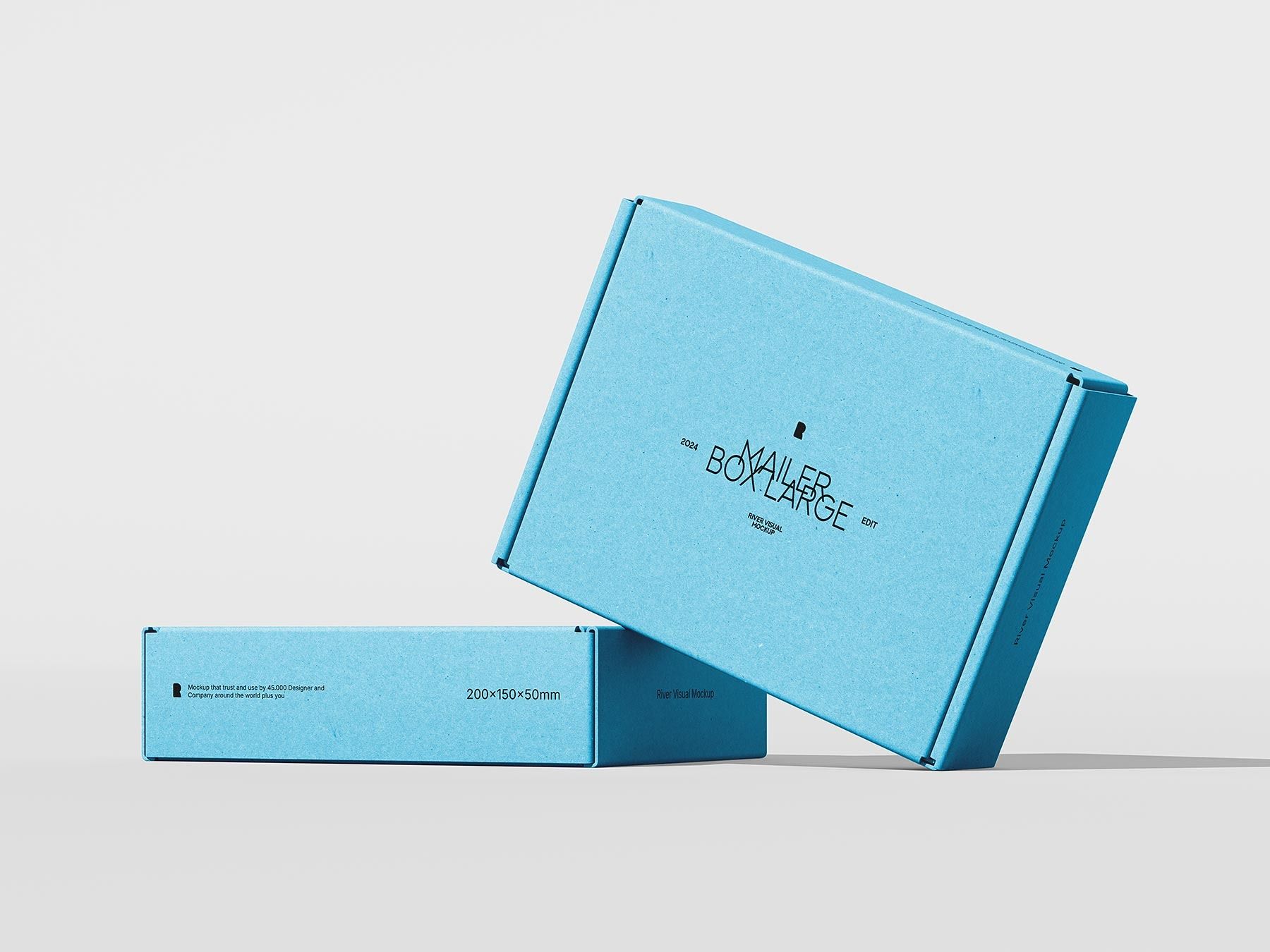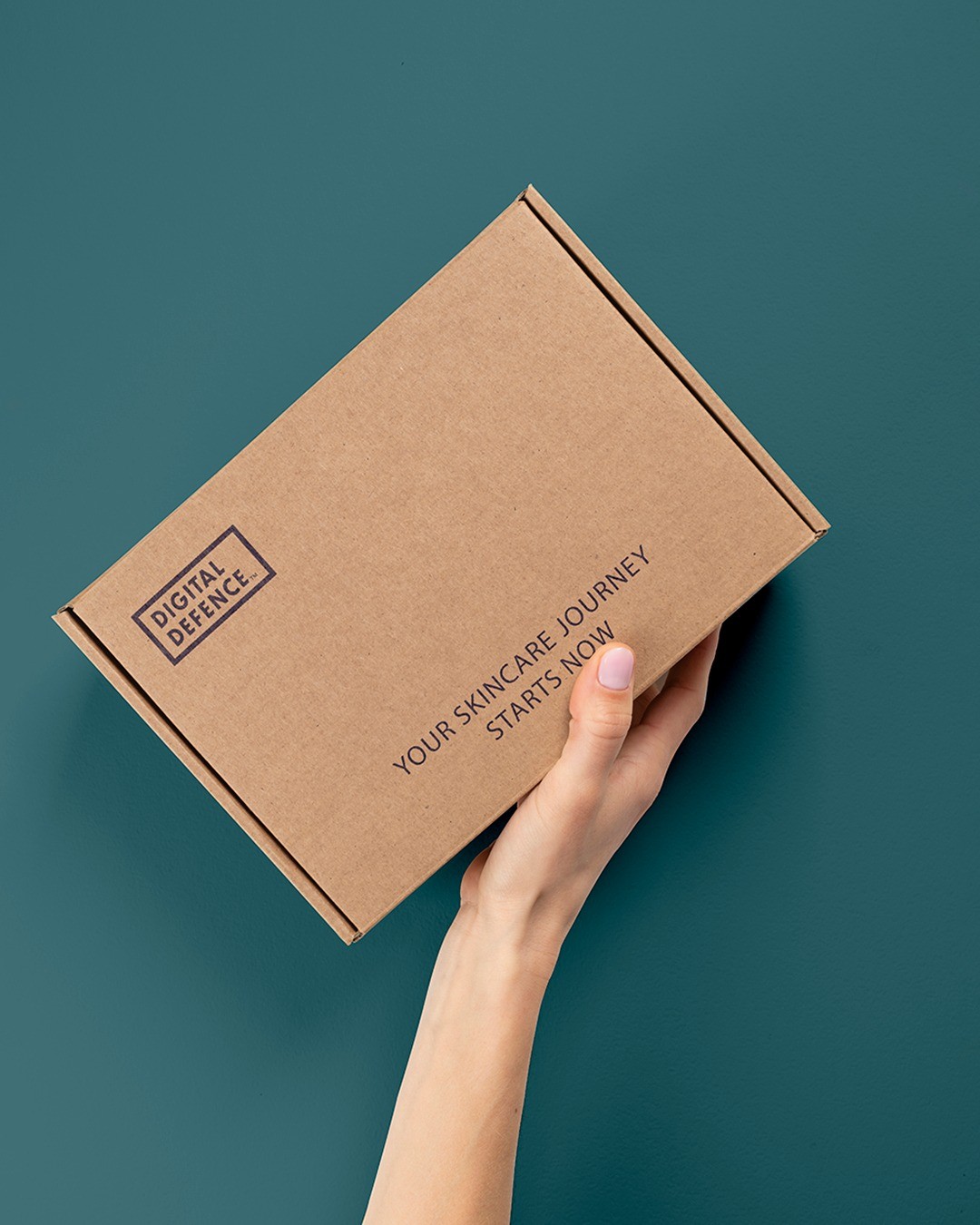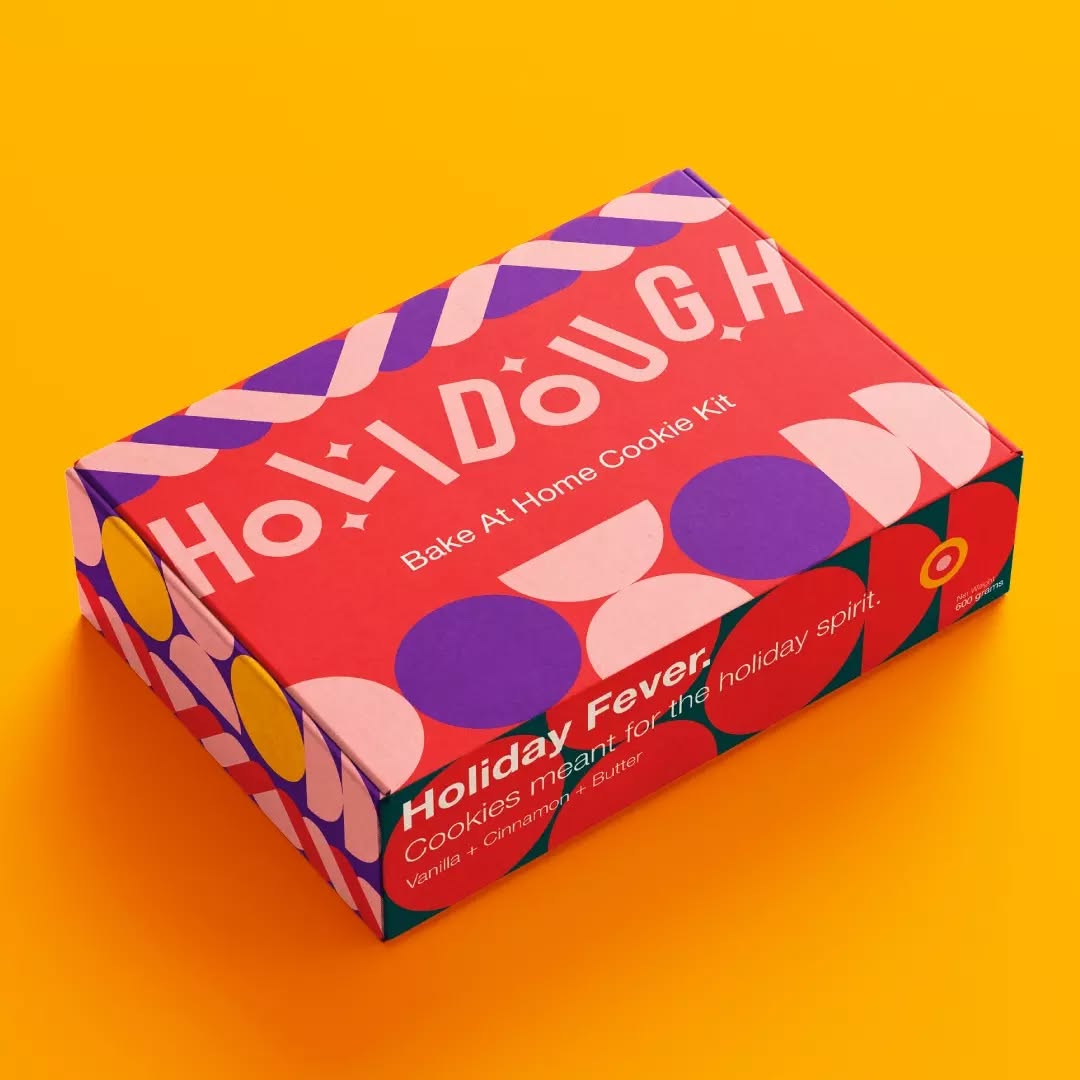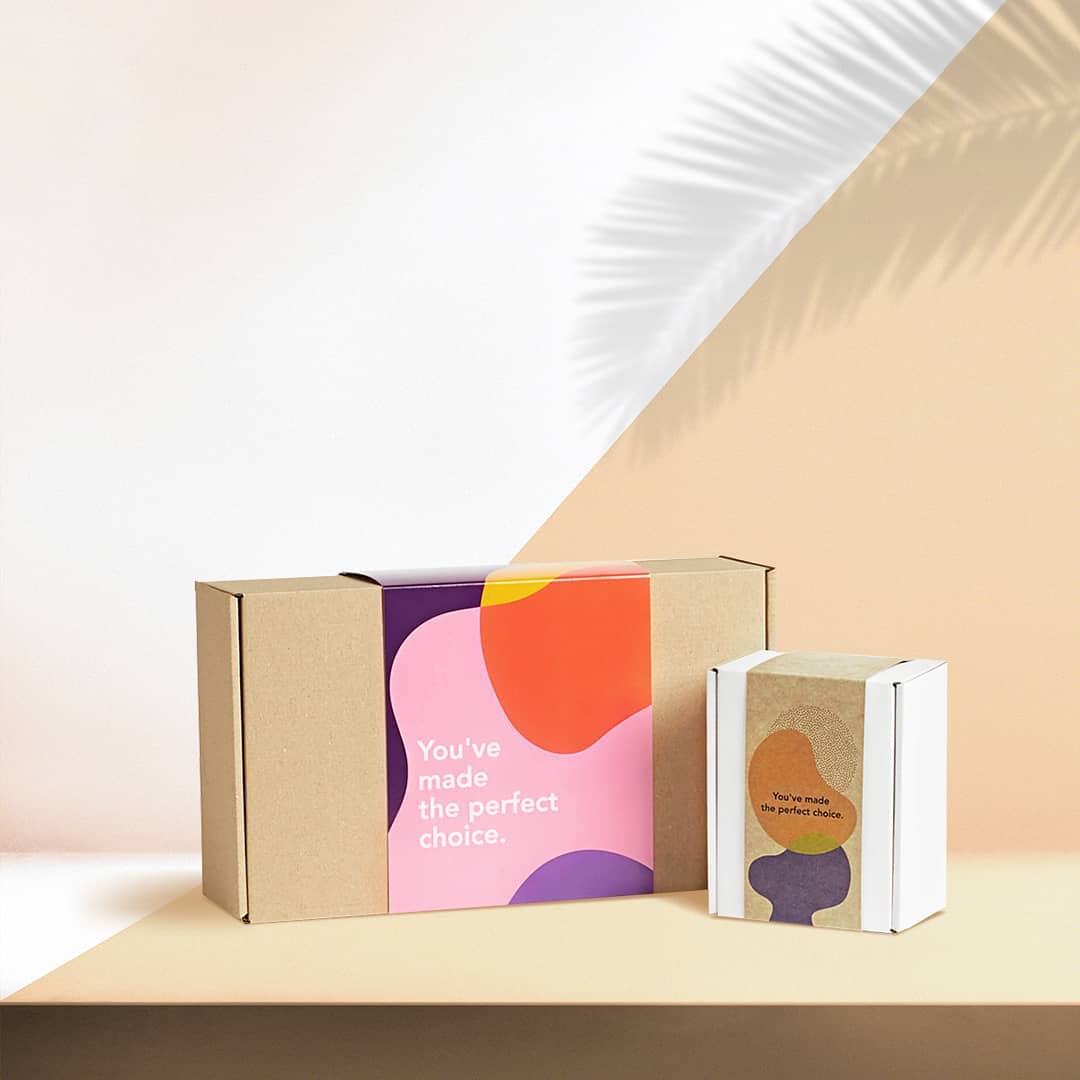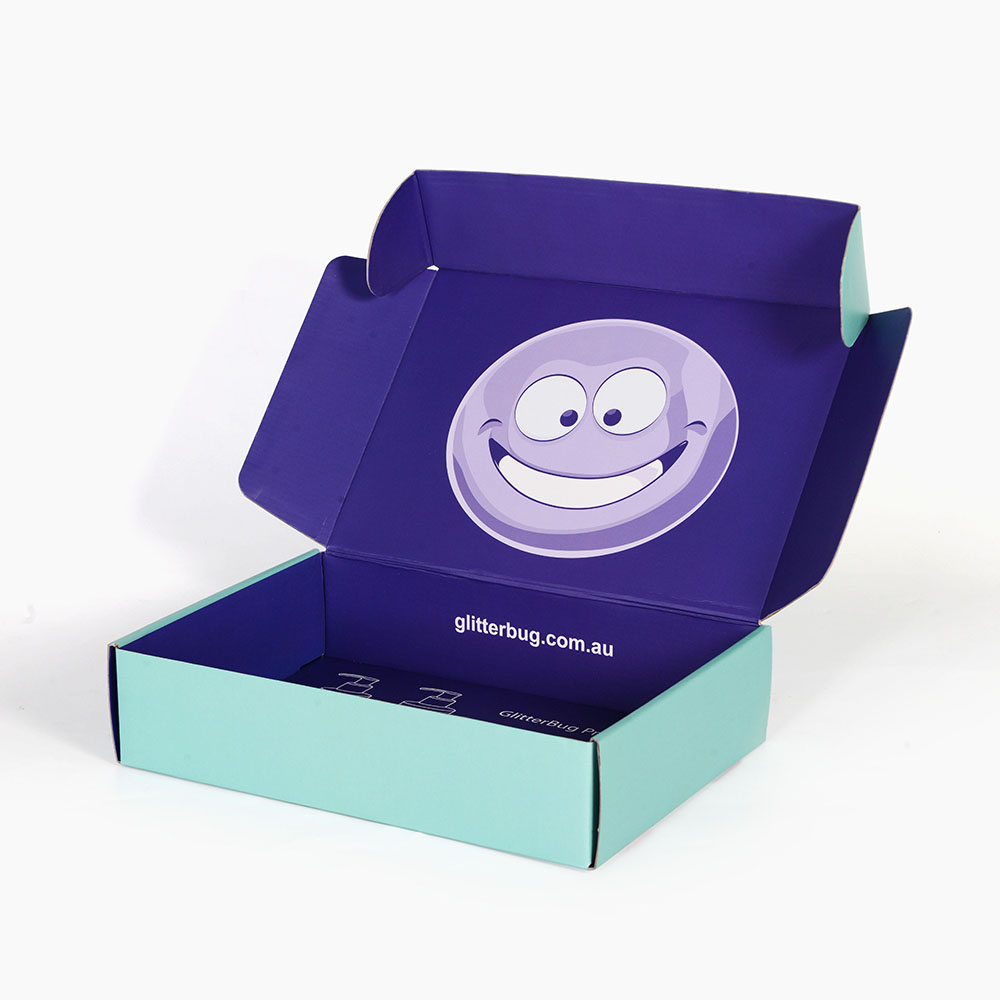
What are mailer boxes, and why do you need them?
Table of Contents
When I think about packaging, two main types come to mind: mailer boxes and shipping boxes. But what is the difference between a mailer box and a shipping box? Mailer boxes, often used in e-commerce and subscription services, feature a lightweight design with self-locking features. Shipping boxes, on the other hand, are built for durability with corrugated cardboard and reinforced edges. Choosing the right box is crucial. It impacts cost, protection, and customer experience. In industries like logistics and manufacturing, selecting the appropriate packaging can make a significant difference in efficiency and sustainability.
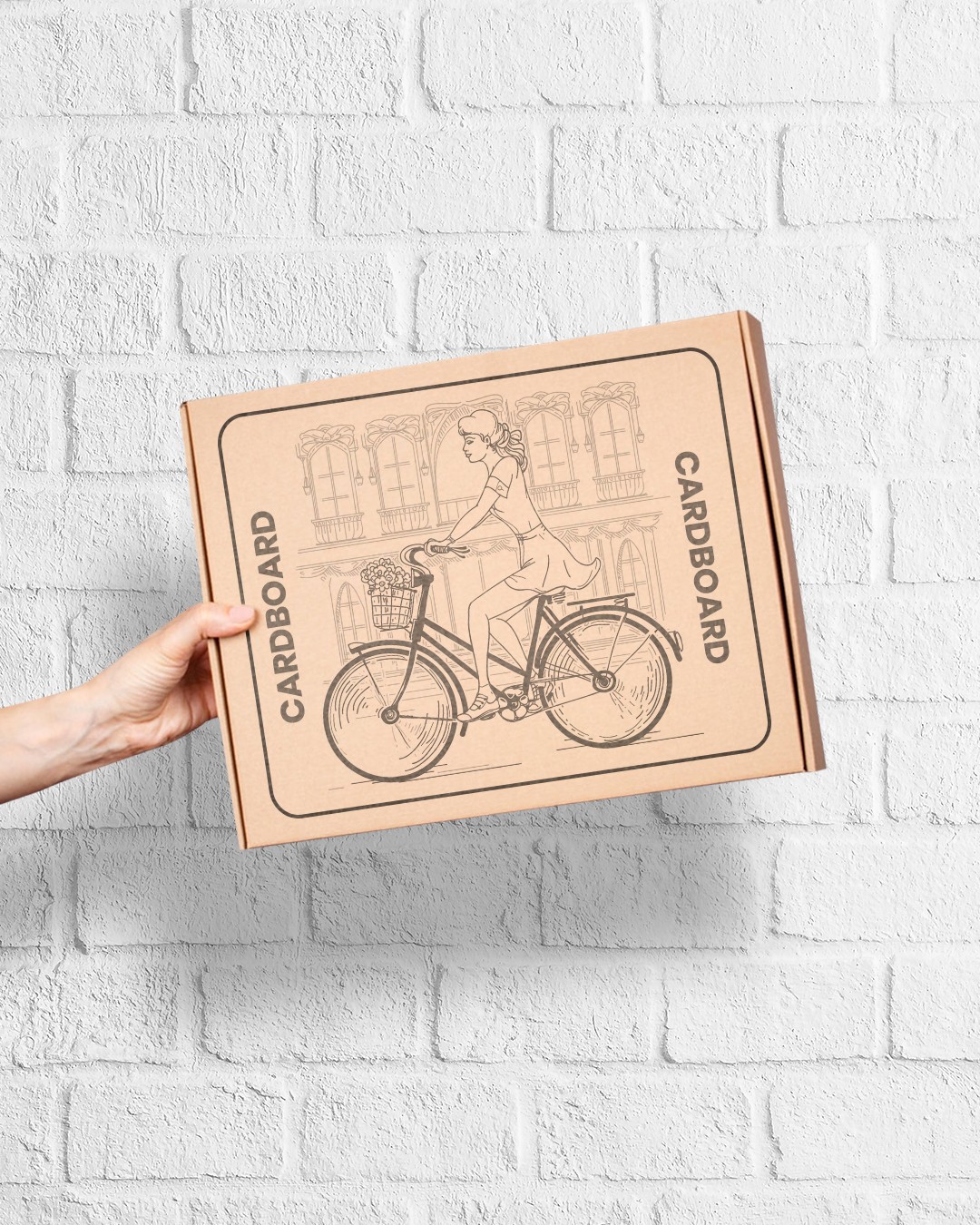
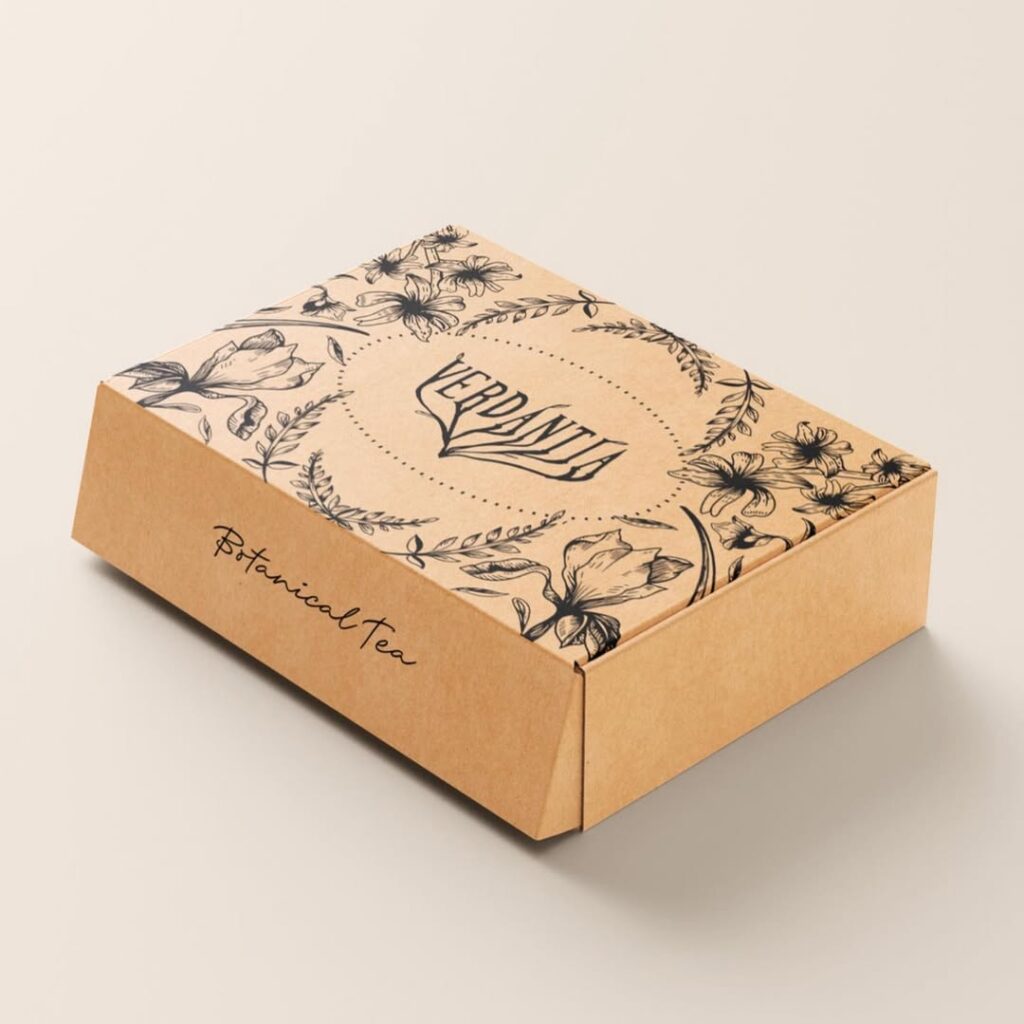
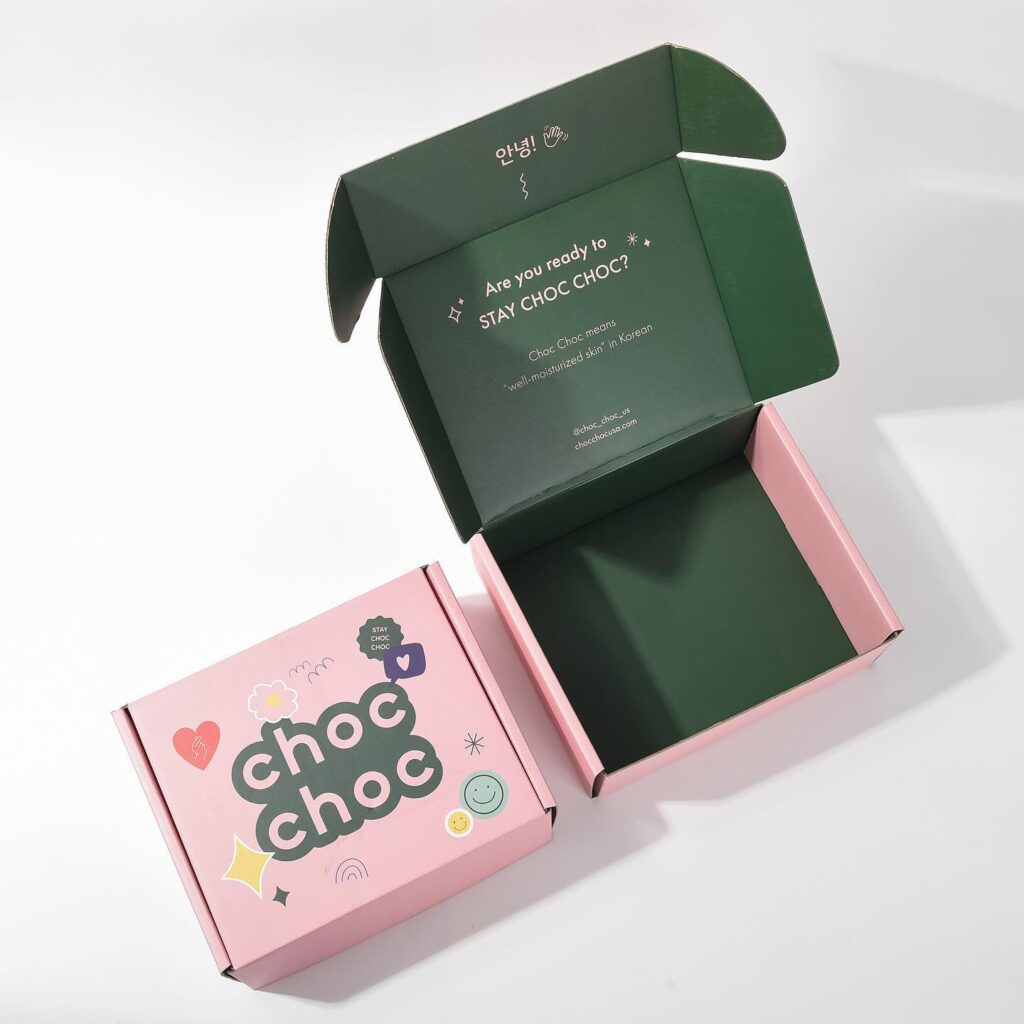

Understanding Mailer Boxes
Design and Structure
When I think about mailer boxes, their design and structure stand out. These boxes feature a unique self-locking mechanism. This design eliminates the need for tape or glue. The interlocking flaps and wings securely hold the box together. This makes assembly quick and easy. Mailer boxes also boast a lightweight construction. Made from corrugated cardboard, they provide substantial protection without adding unnecessary weight. This material choice ensures that items remain safe during transit. The lightweight nature of these boxes also contributes to cost savings in shipping.Typical Uses
I often see mailer boxes used in various industries. They are particularly popular in e-commerce and subscription services. Companies use them to send products directly to customers. The boxes’ sturdy design ensures that items arrive in perfect condition. Another common use for mailer boxes is gift packaging. Their attractive appearance and customizable options make them ideal for special occasions. Whether it’s a birthday, wedding, or holiday, these boxes add a touch of elegance to any gift.Advantages of Mailer Boxes
Mailer boxes offer several advantages that make them a preferred choice for many businesses. Cost-effectiveness: The lightweight design reduces shipping costs. Businesses can save money while ensuring their products reach customers safely.- Customization options: These boxes provide ample room for branding. Companies can print logos, designs, and messages on the boxes. This enhances the customer experience and increases brand recognition.
Exploring Shipping Boxes
Design and Structure
When I examine shipping boxes, their robust design immediately stands out. These boxes often feature multiple layers of corrugated cardboard. This construction provides a buffer against the bumps and jostles of the shipping journey. The corrugated walls offer padding and rigidity, ensuring that products remain safe. I find that the reinforced edges add to their durability, making them ideal for heavy or fragile items.Common Applications
Shipping boxes serve a variety of purposes. I often see them used for bulk shipping. Their spacious interiors allow for strategic placement of cushioning materials like bubble wrap or foam. This added layer of defense is crucial for protecting fragile contents. Long-distance transportation also benefits from these boxes. Their sturdy construction withstands harsh conditions without damaging the contents.Benefits of Shipping Boxes
Shipping boxes offer several advantages that make them indispensable in logistics. Enhanced protection: The corrugated cardboard construction acts as a shield. It absorbs impacts and offers cushioning support. This makes shipping boxes the go-to choice for delicate items.- Versatility in size and strength: I appreciate the range of sizes available. This versatility allows businesses to choose the right box for their specific needs. Whether shipping small gadgets or large appliances, shipping boxes provide the necessary strength and space.
Comparative Analysis
Durability
When I compare the durability of mailer boxes and shipping boxes, the material strength becomes a key factor. Mailer boxes typically use lightweight corrugated cardboard. This material provides adequate protection for lighter items. However, shipping boxes often feature multiple layers of corrugated cardboard. This construction offers superior strength and durability. It withstands the rigors of long-distance transportation. In terms of suitability for different shipping conditions, I find that shipping boxes excel. Their reinforced edges and robust design make them ideal for harsh environments. They protect contents from impacts and pressure. Mailer boxes, while sturdy, suit less demanding conditions. They work well for local deliveries and lighter items.
Cost Considerations
Cost plays a significant role in choosing between mailer boxes and shipping boxes. I notice that mailer boxes often come at a lower price point. Their lightweight design reduces material costs. However, shipping boxes offer potential cost savings in the long run. Their durability means fewer replacements. This can lead to reduced expenses over time. When considering long-term cost implications, I see that shipping boxes provide more interior volume. This allows for efficient packing of multiple items. Businesses can save on shipping costs by maximizing space. Mailer boxes, while cost-effective initially, may not offer the same savings in bulk shipping scenarios.Suitability for Various Needs
Matching the box type to the product type is crucial. I find that mailer boxes suit smaller, lighter items. They work well for e-commerce and subscription services. Shipping boxes, on the other hand, accommodate larger and heavier products. Their versatility in size and strength makes them suitable for a wide range of applications. Environmental considerations also play a role in choosing the right box. Mailer boxes often use eco-friendly materials. They offer recyclability, which appeals to environmentally conscious consumers. Shipping boxes can also be sustainable. Many are reusable and biodegradable. This makes them a viable option for businesses looking to reduce their environmental impact.Choosing the Right Box for Your Needs
Factors to Consider
Product Type and Weight
When selecting the right box, I always start by considering the product type and weight. Mailer boxes work well for lighter items. Their lightweight construction keeps shipping costs low. For heavier or more delicate items, I recommend shipping boxes. The corrugated walls offer padding and rigidity, ensuring products remain safe during transit.Shipping Distance and Method
Shipping distance and method also play a crucial role in box selection. For local deliveries, mailer boxes often suffice. They provide adequate protection for short distances. However, for long-distance transportation, I lean towards shipping boxes. Their robust design withstands the rigors of extended travel. They protect contents from impacts and pressure, making them ideal for harsher shipping conditions.Industry-Specific Recommendations
Retail and E-commerce
In retail and e-commerce, I find that mailer boxes excel. Their customization options enhance the unboxing experience. Companies can print logos and designs, boosting brand recognition. For smaller, lighter products, these boxes offer a cost-effective solution. They ensure items reach customers in pristine condition.Manufacturing and Wholesale
For manufacturing and wholesale, shipping boxes prove indispensable. Their versatility in size and strength accommodates a wide range of products. Whether shipping small gadgets or large appliances, these boxes provide the necessary protection. The reinforced edges and multiple layers of corrugated cardboard make them suitable for bulk shipping. They ensure that products arrive safely, regardless of distance or handling conditions.Environmental Impact
Sustainability of Mailer Boxes
Recyclability
When I consider the sustainability of mailer boxes, their recyclability stands out. Most mailer boxes come from materials that can be recycled after use. This feature makes them an eco-friendly choice for businesses and consumers alike. I find that many mailer boxes are made from paper sourced from sustainably managed forests. This ensures that the production process does not harm the environment. The ability to recycle these boxes aligns with the growing consumer demand for sustainable packaging. In fact, 82% of consumers express a willingness to pay more for eco-friendly packaging.Eco-friendly Materials
Mailer boxes often use eco-friendly materials. I notice that the paper material segment dominates the global mailer packaging market. This dominance results from environmental concerns and restrictions on plastic use. Many mailer boxes incorporate biodegradable materials, which further enhances their environmental appeal. These materials break down naturally, reducing waste in landfills. By choosing mailer boxes made from eco-friendly materials, businesses can demonstrate their commitment to sustainability. This choice not only benefits the environment but also resonates with environmentally conscious consumers.Sustainability of Shipping Boxes
Reusability
Shipping boxes offer significant sustainability benefits through their reusability. I often see businesses reuse these boxes multiple times before recycling them. This practice reduces the need for new materials and minimizes waste. The durability of shipping boxes allows them to withstand repeated use. This makes them a practical choice for businesses looking to reduce their environmental footprint. By reusing shipping boxes, companies can save on costs while contributing to a more sustainable future.Biodegradable Options
In addition to reusability, shipping boxes also offer biodegradable options. Many shipping boxes now use 100% recycled materials, making them an eco-conscious choice. These biodegradable options ensure that the boxes break down naturally over time. This reduces their impact on the environment. I find that businesses increasingly opt for biodegradable shipping boxes to align with consumer preferences for sustainable packaging. This choice reflects a broader trend towards environmentally responsible practices in the packaging industry. By selecting biodegradable shipping boxes, companies can enhance their sustainability efforts and appeal to eco-minded customers.Customization and Branding
Customization Options for Mailer Boxes
When I explore mailer boxes, their customization potential truly excites me. These boxes offer remarkable printing and design flexibility. Businesses can tailor them to match their brand’s aesthetic perfectly. By printing branded text, logos, and vibrant graphics directly onto the box, companies can create a unique identity. This customization transforms the exterior of a mailer box into a canvas for brand storytelling. It allows businesses to narrate their brand’s story, leaving a lasting impression on customers. 1. Printing and Design Flexibility: Custom mailer boxes provide full creative freedom. Brands can choose the size, shape, color, and branding elements that best represent their identity. This flexibility ensures that each box aligns with the brand’s vision and message. 2. Enhancing Customer Experience: The unboxing experience becomes memorable with custom mailer boxes. By incorporating elements like tissue paper and decorative void fill, businesses can create a layered packaging strategy. This approach not only protects the product but also delights the customer, especially when dealing with premium products.Branding Opportunities with Shipping Boxes
Shipping boxes also present significant branding opportunities. Their large surface area offers ample space for branding, making them ideal for showcasing a company’s identity. I find that businesses can use this space to print logos, slogans, and other brand elements. This visibility enhances brand recognition and reinforces the company’s image in the minds of consumers. 1. Large Surface Area for Branding: The expansive surface of shipping boxes allows for bold and prominent branding. Companies can utilize this space to make their brand stand out, ensuring that it catches the eye of anyone who handles the package. 2. Impact on Brand Perception: A well-branded shipping box can significantly impact how customers perceive a brand. It conveys professionalism and attention to detail, which can enhance the overall brand perception. By investing in custom branding, businesses can elevate their packaging from a mere protective layer to a powerful marketing tool.

